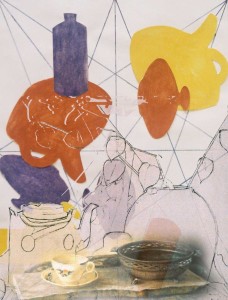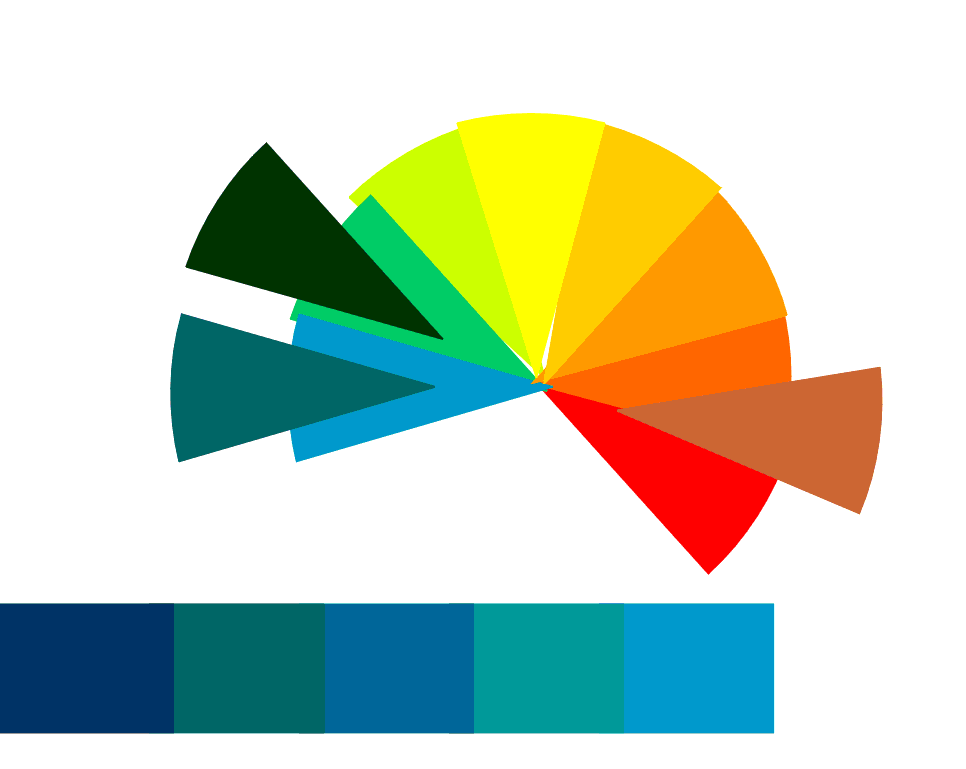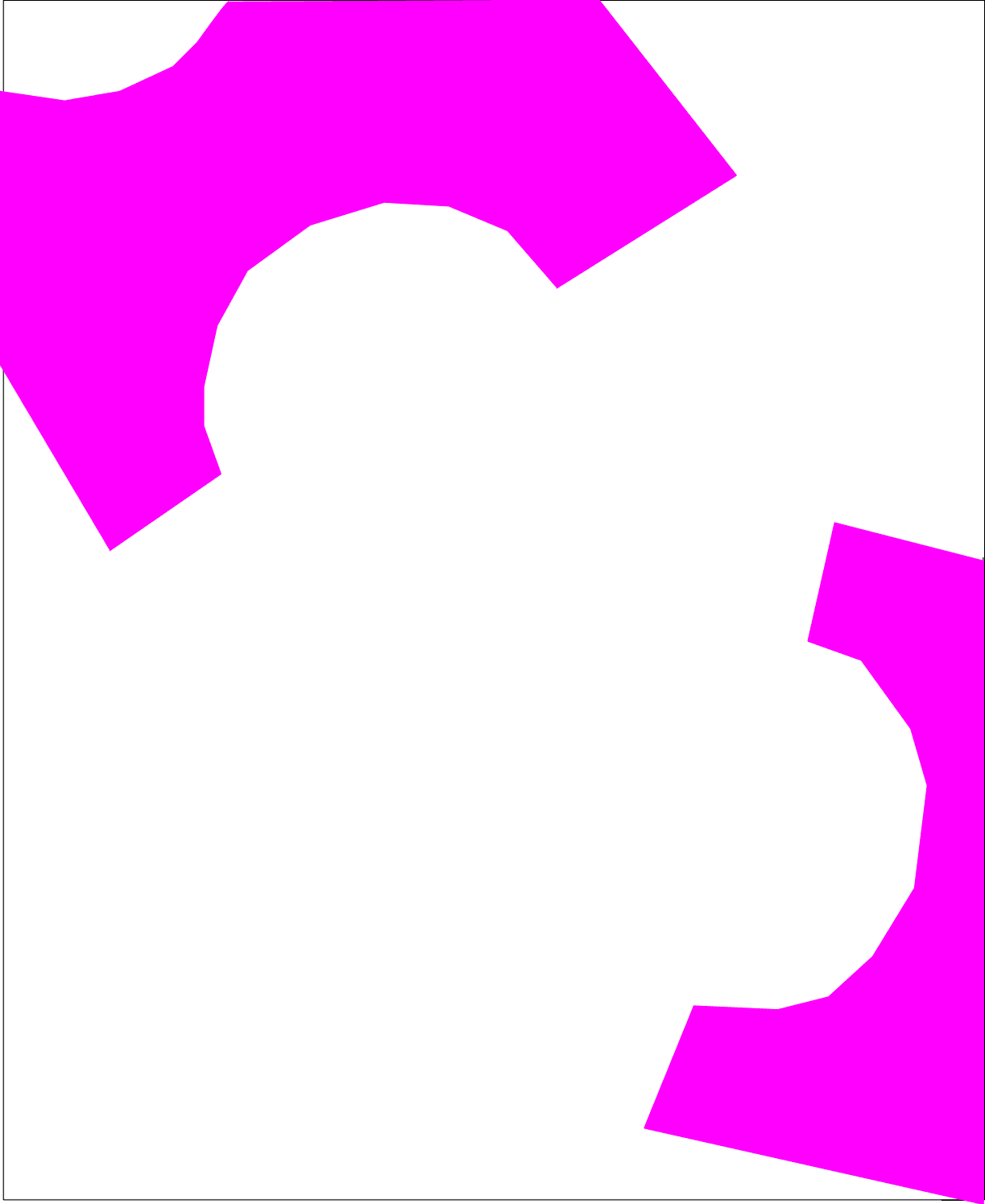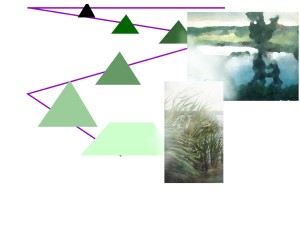Learn to brainstorm using visual language and its non‑linear dynamics as the thought processes that underpin design planning tug at your creative side. Your own experiences and knowledge base guide you as you explore shapes, colour, design dynamics, and structural concepts.
Two‑day workshops in ideation and critical thinking have been carefully organized with a mix of hands‑on individual and group projects, discussion, critique and reflection.
-
 Ideas & building-block shapes
Ideas & building-block shapesThink inclusively as you investigate a conceptual environment through core shapes, the basis for our perceptions of a complex world. Simple shapes and their capacity to evolve into complex images mirror our own potential to generate richly imaginative ideas.
WORKSHOP OBJECTIVES
- Recognize core properties and, through your perceptions, their formation into networks and affiliations
- Identify mechanisms that create interdependency and integration
- Explore the wealth and growth potential of commonalities and diversity
- Reflect on the nature and extent of change dynamics
IDEAS THAT YOU WILL WORK WITH AND DISCUSS
- Recognize opportunities within the familiar
- Identify commonalities
- Define a system from its parts
- Coordinate parts to re‑create the whole
- Group affiliations
- Compromises among individual and group parts
- Deviation from the group
- Identify directions of development
- Integrate new ideas
- Use constraint and limitation as creative tools
-
Ambiguous, Uncertain, Intangible
Appreciate what you cannot measure or define. C
 olour’s subjective nature changes with context and perceptions. Understand how its elusive qualities are managed and learn, through your own interpretations, about its capacity for expression. Colour has a dual nature that touches on both science and the senses. Our experiences with the visible part of the light system, the colour spectrum, are largely emotional. Yet colour has a coherent theory platform that is useful in identifying its hues and organizing its combinations. Organize colour for communication richness.
olour’s subjective nature changes with context and perceptions. Understand how its elusive qualities are managed and learn, through your own interpretations, about its capacity for expression. Colour has a dual nature that touches on both science and the senses. Our experiences with the visible part of the light system, the colour spectrum, are largely emotional. Yet colour has a coherent theory platform that is useful in identifying its hues and organizing its combinations. Organize colour for communication richness.WORKSHOP OBJECTIVES
- Identify colour properties to understand their organization
- Manage multiple dimensions
- Gain awareness of perceptions
- Communicate more richly with the help of colour theory
IDEAS THAT YOU WILL WORK WITH AND DISCUSS
- Make progress when there is no right answer
- Unify subjective and objective concerns
- Differentiate the goals for stages of a creative project
- Focus externally to enrich outlook
- Separate experience and habit from knowledge and understanding
- Rediscover that after analysis, concepts and principles will help us to put something back together
- Balance in colour is managing its dimensions
- Aim not to eliminate ambiguity but to explore the new possibilities it offers
- What impact does colour have on its environment
- What are some relationships that colour can affect
- Appreciate what you cannot measure or define
-
Dynamic interactions in design
The hidden order in design is illuminated as you explore and create relationships, coordinate interactions and integrate elements. Dynamic interactions in design take place whether they are planned or spontaneous and our perceptions impose order on whatever we see. Artists go to great lengths to understand and control this exchange.
WORKSHOP OBJECTIVES
- Uncover the hidden order in design.
- Establish visual cues to explore the design.
- Coordinate multiple interactions.
- Generate relationships among distant and unrelated parts.
IDEAS THAT YOU WILL WORK WITH AND DISCUSS
- Is change due to a physical alteration or shift in focus?
- Advantages of different foci: detail vs big picture.
- Maintain focus and be aware of context.
- Disconnects are opportunities.
- Work is a human activity that has dynamics and dimensions.
- Interactions, planned or spontaneous,
- Rhythm, pattern and design network.
- Design architecture.
- Dimensions of design and work.
- Power dimensions and hierarchy in design.
- Social and community dimensions in design.
-
Structural tools for design

Dynamic structural tools in art help with design organization. They provide frameworks to simplify and clarify complex or ambiguous elements so that intelligent planning can take place. These tools are unique to visual art and make up the foundations of its language.
WORKSHOP OBJECTIVES
- Devise ways to link parts of a design to form a coherent whole.
- Make use of frameworks to explore the networks within the composition.
- Determine how the dimensions of elements may be used.
- Manage the progress of a design through its stages of development.
IDEAS THAT YOU WILL WORK WITH AND DISCUSS
- Identify useful structural tools of design.
- Apply structural tools to analyze and integrate design.
- Use structural tools to organize and manage design composition.
- Use an element’s dimensions as a tool for comparison.
- Compare apples and oranges.
- Devise ways to anchor the intangible within a context.
- Manipulate ambiguity towards new directions.
- Harmonize related and unrelated elements.
- Re‑configure design systems.
- Apply frames of reference.
- Define the essential characteristics of a design.
- Identify transition steps and elements.
[insta-gallery id="1"]



